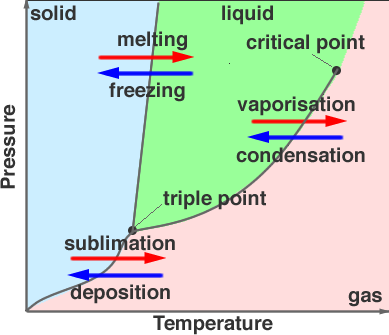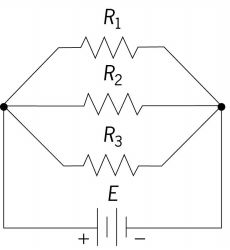An endocrine gland is a gland without ducts. The secretions are released directly into the blood. The endocrine glands secrete hormones that regulate various metabolic activities in the body.
Here is a good diagram of the endocrine system.
Click here. You can be given a diagram like this and you could be asked to identify the various glands.
Hypothalamus: The hypothalamus produces eight (8) hormones. Some of the hormones stimulate the pituitary gland to produce other hormones.
1. Thyrotropin-releasing hormone - This acts on the pituitary to release thyroid stimulating hormone (TSH)
2. Growth hormone-releasing hormone-This acts on the pituitary to release growth hormone (GH)
3. Gonadotropin-releasing hormone -This acts on the pituitary to release gonadotropins, namely, Follicle stimulating hormone (FSH) and Luteinizing hormone (LH).
4. Corticotropin-releasing hormone -This acts on the pituitary to release adrenocorticotropic hormone.
5. Oxytocin -This causes uterine contractions and also helps with secretion of the breast milk during lactation.
6. Dopamine - It is a neuroendocrine transmitter. Acts as a neuro-transmitter and also stimulates the release of othe hormones.
7. Vasopressin (Antidiuretic hormone -ADH) - Acts on the kidneys to prevent the lost of water via the urine.
8. Somatostatin - It inhibits the release of growth hormone.
Pituitary gland: Has an anterior (hormone-producing glandular) portion and a posterior (neural) portion which is an extension of the hypothalamus. Two hormones ( Oxytocin and ADH) produced by the hypothalamus are stored in the posterior pituitary later release.
Four of the six pituitary hormones are tropic hormones. They regulate the function of other endocrine glands.Here are the hormones produced by the anterior portion:
1. Growth hormone (GH): It stimulates growth of all body tissues but especially skeletal muscle and bone. GH mobilizes fats, stimulates protein synthesis, and inhibits glucose uptake and metabolism. Over production can lead to gigantism while underproduction can lead to dwarfism.
2. Thyroid-stimulating hormone (TSH): This promotes normal development and activity of the thyroid gland.
3. Adrenocorticotropic hormone (ACTH): This stimulates the adrenal cortex to release corticosteroids.
4. The gonadotropins (follicle-stimulating hormone (FSH) and luteinizing hormone (LH)): These regulate the functions of the gonads in both sexes.
(a) FSH stimulates sex cell production.
(b) LH stimulates gonadal hormone production.
5. Prolactin (PRL): This promotes milk production in humans females.
The posterior portion stores and releases two hypothalamic hormones:
1. Oxytocin: This stimulates powerful uterine contractions during labor and delivery of babies. It also causes milk ejection in nursing women.
2. Antidiuretic hormone (ADH): This stimulates the kidney tubules to reabsorb and conserve water. This results in the production of small volumes of highly concentrated urine and decreased plasma osmolality. Underproduction leads to a condition called diabetes insipidus, where the affected person passes a lot of diluted urine.
Thyroid gland
It produces the thyroid hormone (TH), which includes thyroxine (T4) and triiodothyronine (T3). It increases the rate of cellular metabolism.
Calcitonin, is produced by the parafollicular cells of the thyroid gland. It decreases the blood calcium levels.
Parathyroid glands
It secretes parathyroid hormone (PTH), which causes an increase in blood calcium levels.
Pancreas
The pancreas is both an exocrine and an endocrine gland. Exocrine means that it has ducts. The endocrine portion (islets of langerhans) releases insulin and glucagon. It also releases smaller amounts of other hormones to the blood.
Glucagon, released by alpha (α) cells - It increases the glucose level in the blood.
Insulin is released by beta (β) cells - It reduces the glucose level in the blood. It increases the rate of glucose uptake and metabolism by most body cells.
Gonads
The ovaries of the female release two main hormones - estrogens and progesterone. Estrogens stimulate maturation of the female reproductive system and development of the secondary sexual characteristics. Progesterone works with estrogens in establishing the menstrual cycle.
The testes of the male produce testosterone. It promotes maturation of the male reproductive organs, development of secondary sex characteristics, and production of sperm by the testes.
Pineal gland
The pineal gland produces the hormone melatonin, which influences daily rhythms such as sleep and wake patterns.
Thymus
It is an important organ of the immune system during the developmental stages of life. It vanished by the time of birth. The T-cells mature here.





